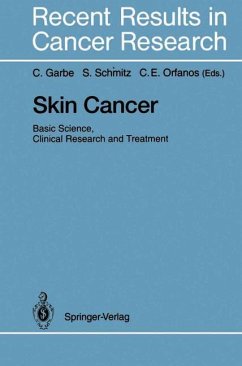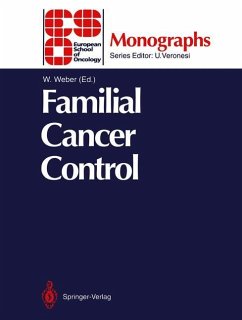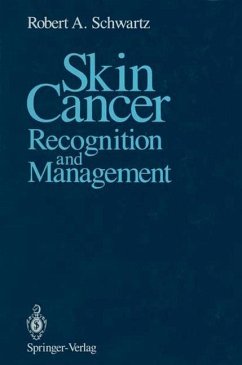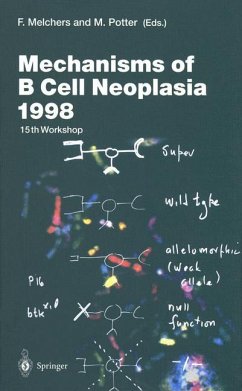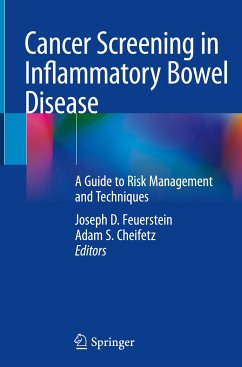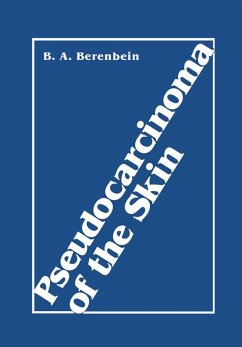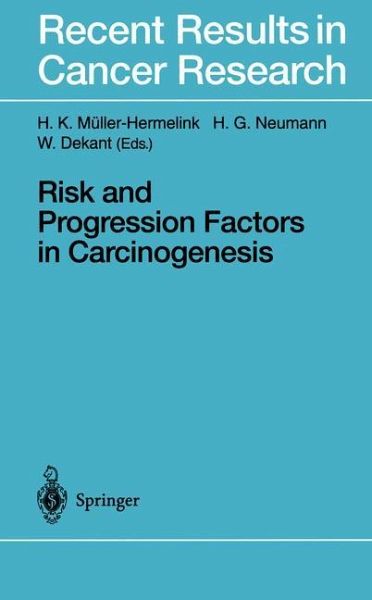
Risk and Progression Factors in Carcinogenesis

PAYBACK Punkte
38 °P sammeln!
Cellular transformation and carcinogenesis are considered a multistep process starting with DNA lesions and progressing through loss of cellular growth control and increase invasive and metastatic properties. This book focuses on the demonstration of important steps in carcinogenesis, ranging from chemical interaction of carcinogens with cellular DNA in experimental tumors and cell lines to the analysis of selected human tumors. Special importance is given to the clarification of mechanisms of DNA lesions caused by chemical carcinogens and UV irradiation. Leading scientists describe in review ...
Cellular transformation and carcinogenesis are considered a multistep process starting with DNA lesions and progressing through loss of cellular growth control and increase invasive and metastatic properties. This book focuses on the demonstration of important steps in carcinogenesis, ranging from chemical interaction of carcinogens with cellular DNA in experimental tumors and cell lines to the analysis of selected human tumors. Special importance is given to the clarification of mechanisms of DNA lesions caused by chemical carcinogens and UV irradiation. Leading scientists describe in review articles the actual state of the art in their specific fields. The reader is informed of trends and scientific approaches to the recognition of pathogenetic mechanisms and factors in malignant tumors. The principal goal of experimental carcinogenesis is the elucidation of mechanisms and factors that might be of relevance for the formation of human tumors. Specialization, as necessary as it may be, however, may prevent the transfer of knowledge among disciplines involved in cancer research. Leading scientists give insight into mechanisms of carcinogen-induced DNA damage and mutagenicity, and cellular responses including DNA repair, cellular stress, apoptosis, and regulation of cellular growth. Selected human tumor models of oral epithelium, skin cancer, and malignant lymphoma are analyzed in order to determine the most relevant primary genetic alteration in cell-specific transformation. Finally, the epidemiology of p53 mutation is considered as an indication of specific pathogenetic factors in sporadic human tumors.




